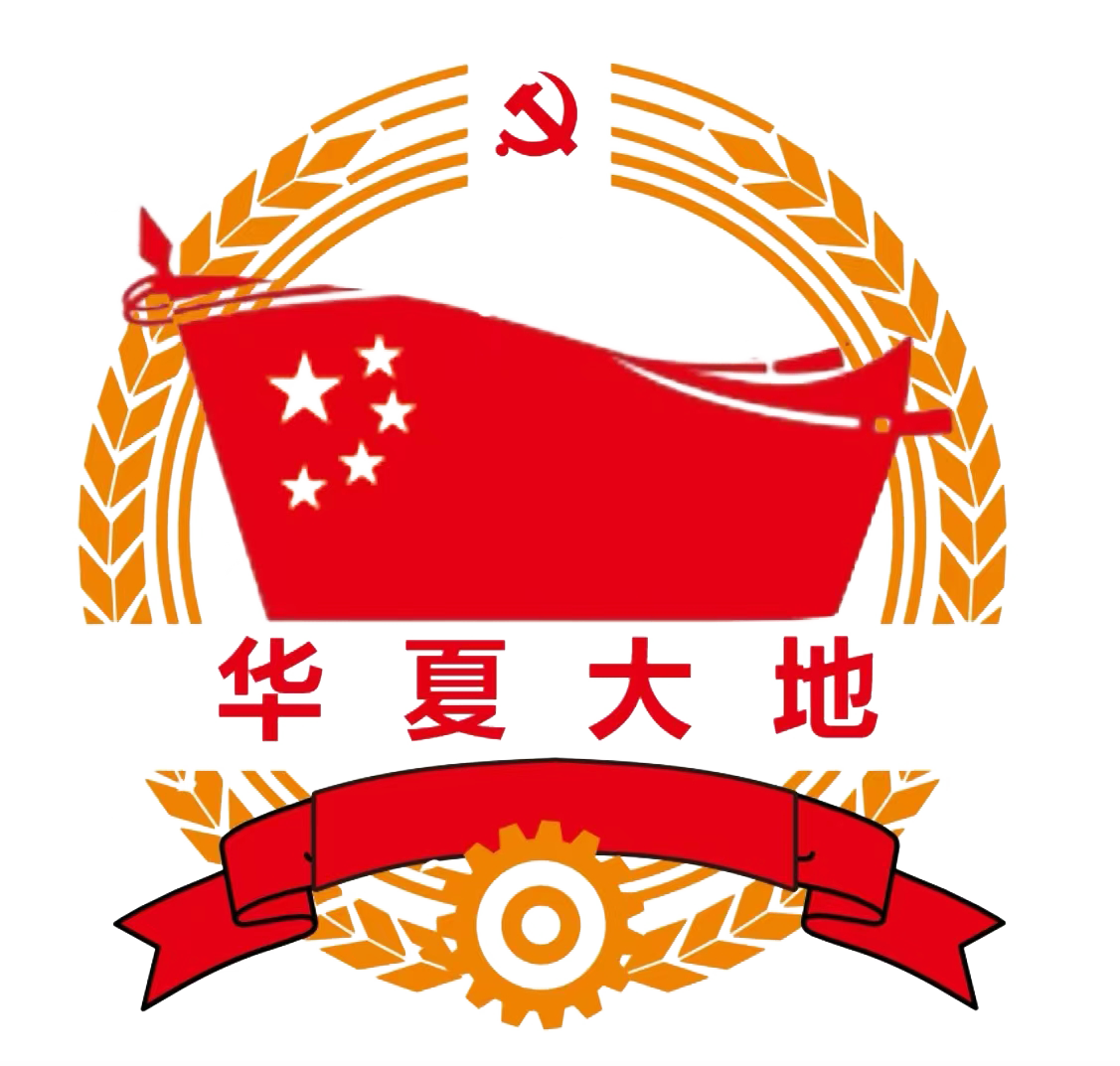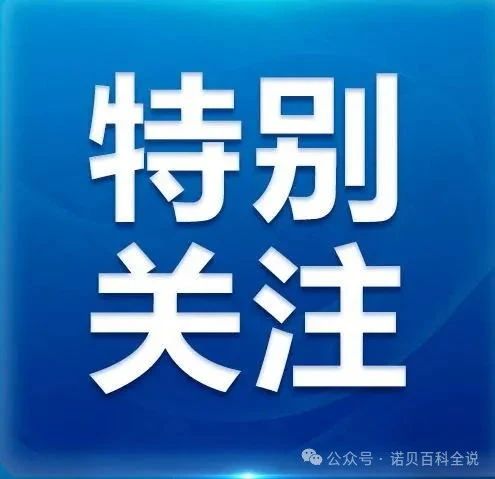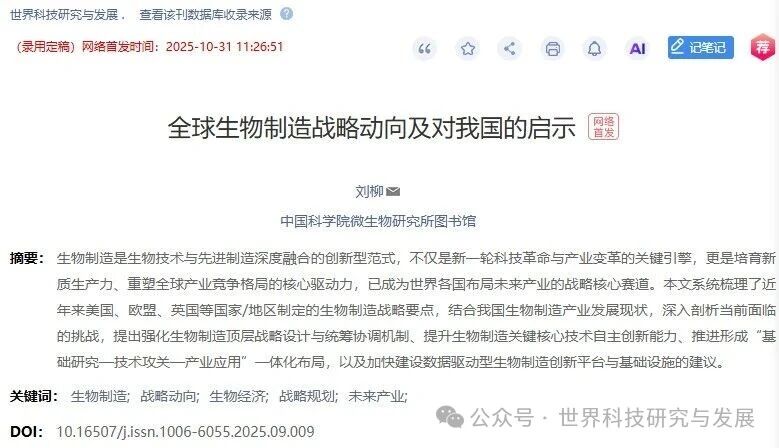Central Budgetary Investment Management Measures for Energy Conservation and Carbon Reduction
Chapter 1 General Provisions
Article 1: To strengthen and standardize the management of central budgetary investment projects for energy conservation and carbon reduction, ensure the smooth implementation of the projects, and effectively utilize the benefits of central budgetary investment, in accordance with the provisions and requirements of the "Opinions of the Central Committee of the Communist Party of China and the State Council on Comprehensively Implementing New Development Concepts and Achieving Carbon Peak and Carbon Neutrality", "Opinions of the Central Committee of the Communist Party of China and the State Council on Accelerating the Comprehensive Green Transformation of the Economy and Society", "Regulations on Government Investment", "Regulations on the Approval and Filing of Enterprise Investment Projects", "Measures for Central Budgetary Investment Subsidies and Interest Subsidies", "Measures for Direct Central Budgetary Investment Projects", "Measures for Capital Injection of Central Budgetary Investment Projects", "Measures for Supervision of Central Budgetary Investment Projects", "Notice of the National Development and Reform Commission on Regulating the Arrangement of Central Budgetary Investment Funds and Project Management", etc., these measures are hereby formulated.
Article 2: The National Development and Reform Commission shall, based on the priorities determined by the Central Committee of the Communist Party of China and the State Council, in accordance with the principles of scientific, democratic, fair and efficient, treat all types of investment entities equally, focus on achieving carbon peak and carbon neutrality, and with the goal of comprehensive green transformation of the economy and society, coordinate the allocation of central budgetary investment funds for energy conservation and carbon reduction, and adhere to "one money, multiple uses", actively support projects that meet the conditions in the process of implementing major national strategies.
Article 3: When organizing the compilation of the annual central budgetary investment plan, the National Development and Reform Commission shall, in accordance with the decisions and arrangements of the Central Committee of the Communist Party of China and the State Council, combine the important tasks and goals in the environmental and resource sectors during the "15th Five-Year Plan" and the annual key tasks, focus on areas that are conducive to achieving the "dual carbon" goals and have great potential for energy conservation and carbon reduction, and determine the specific scope and requirements for supporting projects for the current year.
Article 4: The National Development and Reform Commission, in conjunction with local governments and relevant central units, shall coordinate "hard investment" and "soft construction", and formulate and improve relevant plans, policies and standards for "soft construction". The projects supported by this central budgetary investment special fund are based on promoting the implementation of "soft construction", establishing and improving a long-term mechanism for solving practical problems and promoting green and low-carbon circular development.
The term "central unit" refers to the departments of the Central Committee of the Communist Party of China and the State Council, their dispatched agencies, vertical management units, affiliated institutions, public institutions, enterprises under central management, and other entities.
Article 5: The central budgetary investment funds arranged by this special project shall be allocated in the form of direct investment, capital injection, and investment subsidies, as the actual situation requires.
Article 6: The central budgetary investment funds of this special project shall be used for newly planned or ongoing projects that have completed the necessary procedures and have the conditions for commencement, and shall not be used for completed (including trial operation) projects.
Chapter 2 Support Scope and Standards
Article 7: The National Development and Reform Commission shall, based on the nature and characteristics of various projects, the level of economic and social development in the region, the completion status of regional energy conservation and carbon reduction targets, etc., coordinate the support for energy conservation and carbon reduction projects in various regions, give priority to regions that have made outstanding achievements in carbon peak and carbon neutrality, energy conservation and carbon reduction, circular economy development, demonstration projects of low-carbon, zero-carbon and negative-carbon, and basic capacity building for carbon peak and carbon neutrality. Projects that have been explicitly supported by other central budgetary investment special projects are not within the scope of support of this special project.
Article 8: This special project supports energy conservation and carbon reduction in key industries and fields, clean substitution of coal consumption, circular economy assistance in carbon reduction, demonstration projects of low-carbon, zero-carbon and negative-carbon, and basic capacity building for carbon peak and carbon neutrality, etc. The support contents include:
(1) Energy conservation and carbon reduction projects in key industries and fields. Support for energy conservation and carbon reduction renovations in key industries such as power, steel, non-ferrous metals, building materials, petrochemicals, chemicals, and machinery. Support for energy conservation and carbon reduction renovations carried out in an overall manner and on a large scale through industrial parks and clusters. Support for energy conservation and carbon reduction renovations of infrastructure such as heating and computing power. Support for energy conservation and carbon reduction renovations of central and state organs. (II) Clean Coal Consumption Replacement Projects. Support the low-carbon transformation of coal power plants and coal chemical projects. Support the implementation of clean energy substitution for coal-fired boilers and industrial kilns in industries such as food, tobacco, textiles, papermaking, and dyeing. Support the use of geothermal energy and biomass energy for heating for urban residents.
(III) Circular Economy Projects to Reduce Carbon Emissions. Support the circularization transformation of industrial parks, national "urban mineral resources" demonstration bases, and resource recycling bases. Support the construction and renovation of large-scale standardized recycling stations and green sorting centers. Support the recycling and utilization of renewable resources and the comprehensive utilization of bulk solid waste, as well as the remanufacturing of retired equipment. Support the resource utilization and energyization of agricultural and forestry residues. Support the production and application promotion of degradable plastics and recyclable packaging products. Support the infrastructure construction and product production application promotion of "bamboo replacing plastic" projects.
(IV) Low-Carbon, Zero-Carbon, and Negative-Carbon Demonstration Projects. Support the demonstration application of advanced and applicable green and low-carbon technologies. Support projects for the construction and renovation of energy supply facilities, infrastructure, and process carbon reduction transformation that achieve near-zero carbon targets in zero-carbon parks and zero-carbon transportation corridors. Support green methanol and sustainable aviation fuel production projects. Support the construction of large-scale carbon capture, utilization, and storage (CCUS) projects.
(V) Carbon Peak and Carbon Neutrality Foundation Capacity Building Projects. Support the construction of basic capabilities for carbon emission measurement, statistics, accounting, and monitoring, including carbon emission data management systems, greenhouse gas emission factor libraries, and carbon emission measurement systems. This direction only supports government investment projects, and relevant projects should be included in national-level plans or schemes and implemented in accordance with national standards and requirements.
(VI) Others. Projects arranged for support in accordance with the major matters assigned by the Central Committee of the Communist Party of China and the State Council for implementation.
Among the support scope, the proportion of projects in key industry and field energy conservation and carbon reduction projects, coal consumption clean replacement projects, circular economy projects to reduce carbon emissions, and low-carbon, zero-carbon, and negative-carbon demonstration projects is 20% of the approved total investment. For carbon peak and carbon neutrality foundation capacity building projects invested by local governments, the support ratios for projects in the eastern, central, western, and northeastern regions are 60%, 70%, 80%, and 80% respectively. Projects of the central and state organs are generally fully arranged.
Chapter 3 Investment Plan Application
Article 9. Provincial development and reform departments, autonomous regions, municipalities directly under the Central Government, Xinjiang Production and Construction Corps (hereinafter referred to as provincial development and reform departments) and relevant central institutions are the project summary and application units for this special project. They should focus on the construction contents specified in this special project, establish and improve a dynamic project reserve mechanism, combine the actual work of this region and related fields, rely on the national major construction project database, do a good job in project planning and reserve, and do a good job in project reserve under the premise of ensuring quality.
Article 10. Provincial development and reform departments and relevant central institutions should, in accordance with the requirements of the National Development and Reform Commission for the preparation of the central budget investment plan, compare the main principles, support scope, and application requirements, select qualified projects from the reserve database, and promptly organize the application of the annual central budget investment plan.
Central and state organ energy conservation renovation projects are summarized and reported by the Central Direct Administration Bureau and the State Administration of Municipalities. The National People's Congress organs, departments and affiliated institutions of the State Council, the All-China Federation of Industry and Commerce organs, and relevant people's organizations, the Supreme People's Court, and the Supreme People's Procuratorate (hereinafter referred to as "departments") affiliated institutions (excluding self-supporting units), vertical management institutions, and dispatched institutions shall report the projects after seeking the opinion of the State Administration of Development and Reform. The National Development and Reform Commission shall coordinate and arrange the central budget investment when compiling the annual plan. Article 11 For local government investment projects and enterprise investment projects that apply for investment funds, the project units shall submit project funding application reports to the project summary reporting units in accordance with the procedures. The funding application reports shall include the following contents:
(1) Basic information of the project unit. This includes the basic information of the project unit, main business, business term, assets and liabilities, composition of the enterprise investor (or shareholders) and actual controller, main investment projects, existing production capacity, financial status, credit situation of the project unit (such as credit verification report or credit information report from Credit China), etc.
(2) Basic information of the project. This includes the project code generated by the National Online Approval and Supervision Platform for Investment Projects (National Major Project Database), project name, construction scale and content, construction location, total investment and funding source, main economic indicators, expected economic and social benefits, construction period, and current progress of project construction.
(3) Main reasons and policy basis for applying for investment support. This includes the background, necessity and feasibility of the project construction, and explains in detail the compliance with the specific support direction and scope.
(4) Implementation of preliminary procedures and construction conditions. This includes the situation of the project having passed the approval (approval, filing) on the National Online Approval and Supervision Platform (National Major Project Database), the project planning, land use, environmental impact assessment, energy consumption, safety (including safety production), construction conditions guarantee and implementation. For carbon peak and carbon neutrality basic capacity building projects, they should be included in the relevant plans or schemes at the national level.
(5) Project investment estimation and financing plan. This includes the main engineering quantity table, main equipment table, investment estimation table, etc., and explains the scale of applying for central budgetary investment and other sources of funds.
(6) Project implementation plan. This includes the necessity of the project, site selection, construction scale, construction content, process plan, product plan, equipment plan, engineering plan and "soft construction" supporting measures, etc.
(7) Project implementation progress. This includes the overall progress plan of the project, as well as the completed construction contents and investment.
(8) Project performance effect. This includes the carbon reduction effect calculated in the direction of clean coal consumption substitution, assistance in carbon reduction by circular economy, demonstration of low-carbon, zero-carbon and negative carbon, etc. For projects in key industry fields with annual comprehensive energy consumption of 10,000 tons of standard coal or more, an energy-saving diagnosis report must be provided, detailing the energy consumption volume of the project, the energy efficiency level of main products and equipment, energy-saving and carbon reduction potential, suggestions for renovation measures and the energy-saving and carbon reduction volume after renovation.
(9) Relevant commitments. The project applicant unit shall undertake the commitment for the authenticity and compliance of the contents of the project funding application report, and explain the reasons for not applying for other central funds (except as otherwise stipulated by the state).
(10) Relevant attachments. This includes copies of preliminary procedures such as project planning approval, land approval, energy review, environmental impact assessment (if required), as well as the situation of funds availability.
Central government-level projects under the jurisdiction of the state shall submit materials in accordance with the "Measures for the Management of Direct Central Budget Projects" and the "Notice on Regulating the Management of Energy Saving and Carbon Reduction Projects of Central State Organs".
Article 12 Provincial development and reform departments and relevant central units shall organize the review of the funding application reports, including conducting on-site reviews and being responsible for the authenticity and compliance of the review results and the submitted materials. The key points of review include whether the project complies with the investment direction stipulated in this special plan, whether the main construction conditions have been fulfilled, whether the construction content is economically feasible and technologically sound, whether the investment application complies with the arrangement standards, whether there is any duplicate investment arrangement, whether it has been included in other central budgetary investment or central fiscal funds support scope, whether it has been approved (approved, filed) through the online approval and supervision platform of national major construction projects (National Major Construction Project Database), whether the project entity is included in the list of serious credit失信 entities, whether it has been included in the "major project reserve database" module of the national major construction projects, etc.
Article 13: Provincial development and reform departments and relevant central units are responsible for the summary and submission of projects. They should, in accordance with the relevant notification requirements of the National Development and Reform Commission for organizing the compilation of the annual central budgetary investment plan, summarize the projects in their regions and fields, submit them to the main responsible person for review, and then summarize and submit the project list and funds application documents to the National Development and Reform Commission in the order recommended, along with the initial review situation statement signed by the relevant responsible person. At the same time, they should organize the performance declaration work of central budgetary investment, fill in the performance targets of the special investment plan, and submit it along with the funds application report and investment plan request. For regions applying for special policies, the project summary reporting unit should clearly propose and attach policy basis and supporting materials when submitting the application.
Chapter 4: Investment Plan Approval
Article 14: The method of allocating central budgetary investment funds for this special project can adopt direct allocation to the project or bundled allocation according to the actual situation.
Article 15: The National Development and Reform Commission, in accordance with the relevant regulations on entrusted investment consultation and evaluation management, shall entrust a third-party evaluation institution to evaluate the funds application report. The main evaluation contents include: whether it is in line with the support direction clearly stipulated in this method and the notification of application; the energy conservation and carbon reduction effect after project completion; the necessity of implementation, economic feasibility, technical advancement and applicability, rationality of total investment, implementation of supporting funds and construction conditions, credit status of the project entity, and impact on local government debt burden. The key points of evaluation include:
(1) Whether it is in line with the support direction clearly stipulated in this method and the notification of application.
(2) The energy conservation and carbon reduction effect and resource recycling utilization effect after project completion.
(3) The advancement and applicability of the project process technology.
(4) The rationality and feasibility of the project implementation plan.
(5) Whether the submitted documents are complete and effective.
(6) Whether the project entity is included in the list of serious credit失信 entities.
Article 16: The National Development and Reform Commission, based on the evaluation results, shall, in accordance with the principle of strict control and selecting the best, comprehensively consider the construction tasks in each field, the funds demand of each region, the quality of project application and the execution situation of the special project in the previous year, performance evaluation situation, supervision and assessment situation and other factors, select the project to approve the funds application report, and may, according to the implementation and fund arrangement of the project, issue the investment plan once or in installments.
Article 17: Provincial development and reform departments and relevant central units shall forward and issue the investment plan within 10 working days after receiving the plan. Each project should clearly specify the project entity and project leader, the direct responsibility unit for daily supervision and the responsible person for supervision.
Article 18: Projects supported by this special project shall strictly abide by the relevant laws, regulations and policies of the state, implement construction in accordance with the overall goals and performance targets determined by the project approval and the central budgetary investment performance target table, strictly implement safety production requirements, and shall not arbitrarily change the main construction content, construction standards or completion time. If it is necessary to change, it must be submitted for approval according to the procedures. It is strictly prohibited to transfer, embezzle or misappropriate the funds of this special project. Article 19: For projects that have been allocated investment plans in installments, when the project summary reporting unit applies for subsequent investment plans, it should fully consider factors such as the commencement of project construction, the payment and utilization of the allocated investment funds, and the adjustment of the total project investment. It should then submit a request to the National Development and Reform Commission for the allocation of subsequent investment plans. After the National Development and Reform Commission accepts the request, it will conduct a review and, for eligible projects, allocate subsequent funds in accordance with the procedures.
Article 20: The project summary reporting unit should, in conjunction with relevant industry management departments, comprehensively strengthen the supervision of project implementation in accordance with their respective responsibilities. It should organize project units to fill in information such as the commencement, investment completion, project progress, and completion of the project through the National Investment Project Online Approval Supervision Platform (National Major Project Database) before the 10th of each month. Ensure that the filled-in information is timely, accurate, and complete, and upload relevant project materials in a timely manner as the project implementation progresses.
All levels of development and reform departments and relevant central units should urge the daily supervision responsibility units to strengthen project supervision. As the direct management unit or the superior industry management department of the project daily supervision responsibility unit, it should fulfill the supervision responsibility and adopt methods such as organizing self-inspections, conducting review checks, and conducting on-site inspections to increase the supervision intensity on the use of central budgetary investment funds and the progress of project construction.
Article 21: All levels of development and reform departments and relevant








